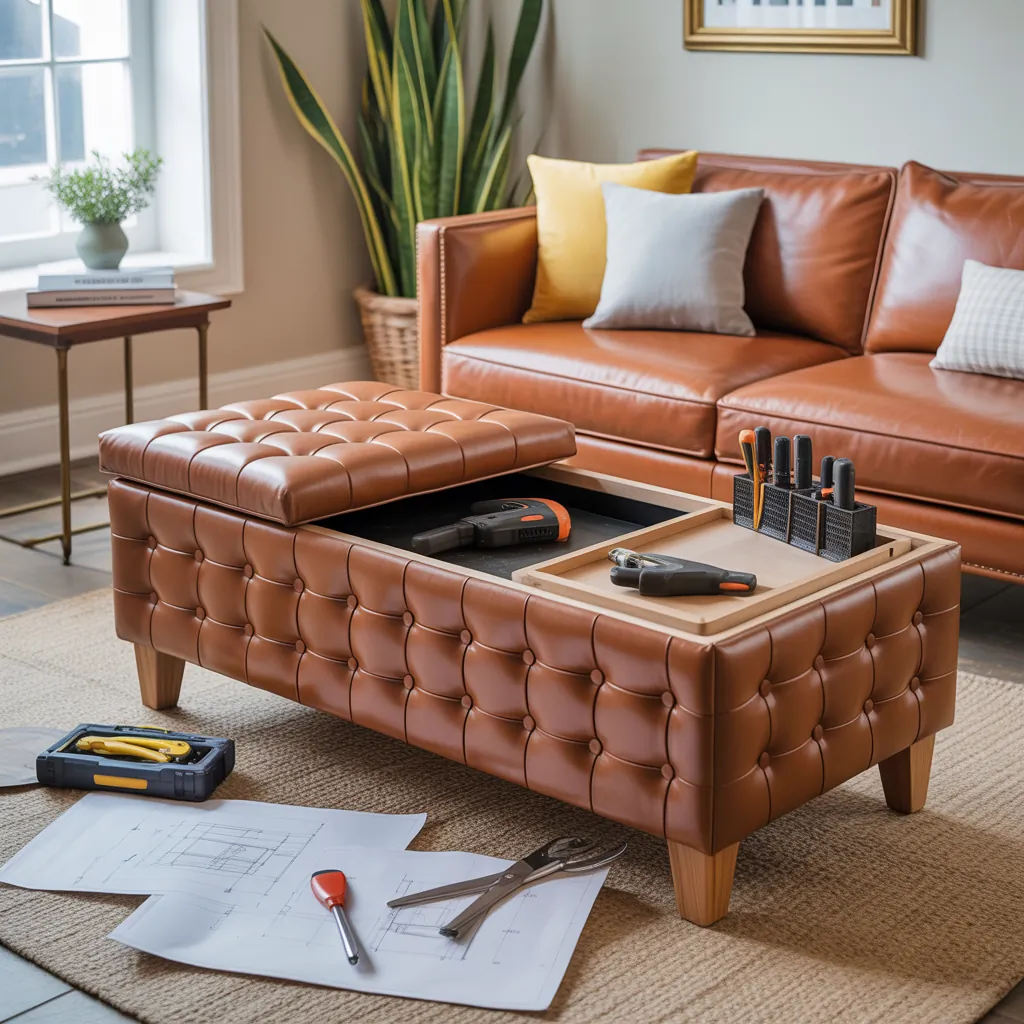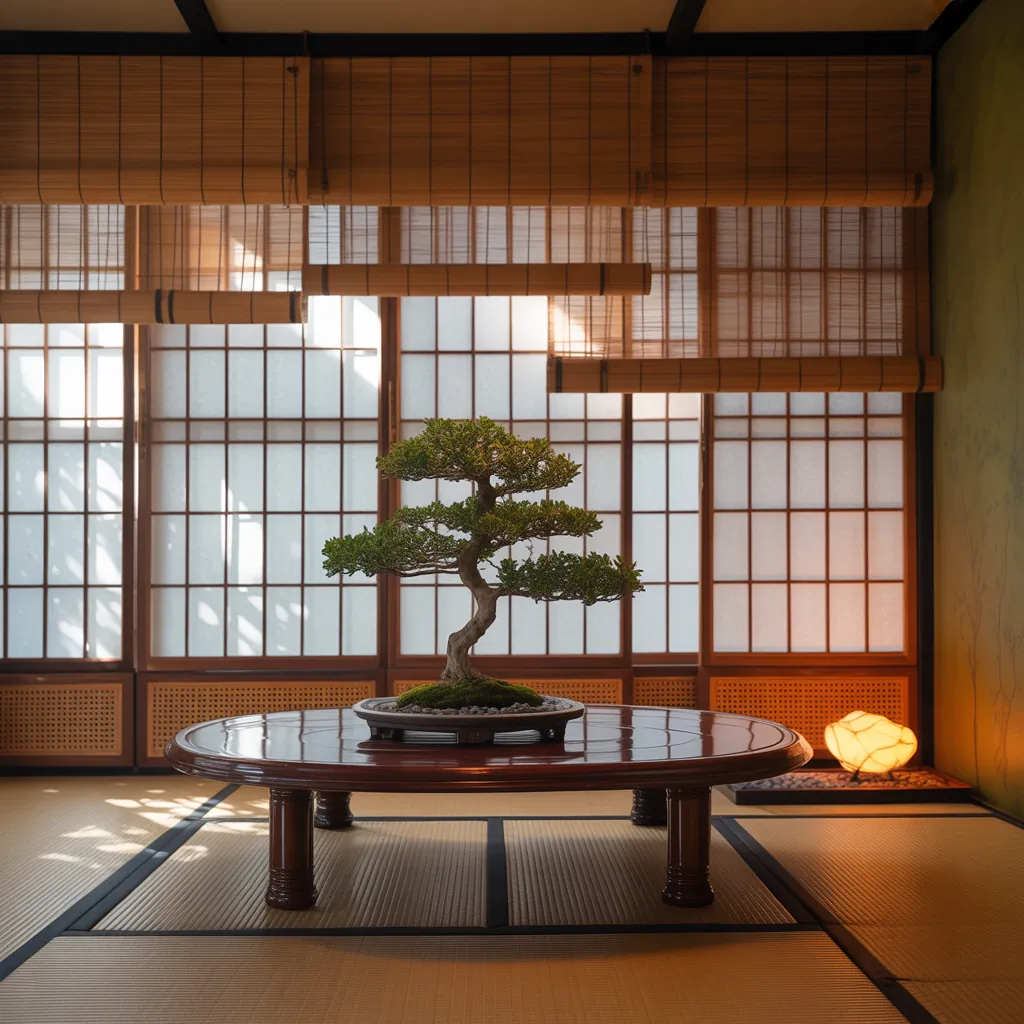Ever finished rearranging the living room only to find the focal point still missing? Maybe your coffee table is too bulky, the seating is limited, or you need hidden storage for kids’ toys. An ottoman can solve all of that—and with the right ottoman ideas design, it can be a style star. Whether you’re tackling a weekend DIY project or planning a full-scale makeover, this guide gives practical, step-by-step ideas and real-world tips to transform your space.
Why an ottoman is a small investment with big returns
Ottomans are versatile: they work as extra seating, a coffee table substitute, and clever storage. A well-chosen ottoman creates flow in tight spaces, softens a room’s lines, and can be customized to fit any décor—from modern farmhouse to mid-century modern. If you’re looking for multi-functional furniture or a weekend project, an ottoman is a smart pick.
Best ottoman ideas design to inspire your next project
Below are creative ottoman concepts, ranging from quick makeovers to build-from-scratch projects. These include long-tail inspirations like “DIY upholstered ottoman”, “storage ottoman tutorial”, and “tufted ottoman makeover” so you can find the idea that matches your skill level.
1. Storage ottoman bench (DIY)
- Use it as entryway seating and stash mail, shoes or toys inside.
- Style tip: Choose a durable fabric like performance velvet or indoor-outdoor fabric for high-traffic areas.
2. Ottoman coffee table with a tray-top
- Swap a hard coffee table for a plush ottoman topped with a removable wooden tray—cozy and kid-friendly.
- Design tip: Keep tray edges raised to prevent glasses from sliding.
3. Round tufted ottoman for a luxe touch
- Perfect for softening angular rooms—go for a deep tuft for a traditional look or shallow tufting for modern vibes.
- Material tip: Use high-resilience foam and tight upholstery for a durable finish.
4. Ottoman with casters (mobile seating)
- Add heavy-duty casters to a low-profile ottoman to shift seating and clear floors quickly.
- Pro tip: Lockable casters keep it steady when used as a table.
DIY step-by-step: Build a storage ottoman
Estimated time: 4–6 hours. Cost: $60–$150 depending on materials.
Materials & tools
- Plywood (3/4″ for base and sides)
- High-density foam (2–4″ thick)
- Batting and upholstery fabric
- Hinges (if you want a lid) and optional gas struts
- Staple gun, wood screws, drill, measuring tape, scissors, glue
Step-by-step
- Measure space and plan dimensions—keep the ottoman proportional to seating height (usually 16–18″).
- Cut plywood to create the box. Assemble with wood glue and screws, and attach a reinforced lid if you want storage access.
- Glue foam to the top (and sides if you want rounded corners). Wrap with batting to smooth edges.
- Upholster with fabric: pull taut and staple along the underside or inside the box. Trim excess fabric neatly.
- Install hinges and optional gas struts. Add feet or casters, and test for comfort and stability.
Quick makeovers: Reupholster and restyle
If you already own an ottoman, updating it is often faster and cheaper than building one. Here are fast improvement ideas that can be done in an afternoon.
Reupholstery basics
- Remove old fabric and check the frame for damage.
- Replace worn foam with higher density foam for better longevity.
- Choose a fabric that complements your rug and sofa—mix textures for an elevated look.
Painting and leg swaps
- Sand and paint wooden legs for a fresh finish or swap them for metal hairpin legs for a mid-century vibe.
- Add brass nailhead trim for a tailored touch.
Choosing fabrics, colors, and finishes
Fabric choice affects durability and style. Consider performance fabrics for family rooms, leather for a rich durable surface, or boucle for trendy texture. Color-wise, neutrals are versatile; bold colors or patterns can make the ottoman the room’s focal point.
Practical tips
- Measure seat height: Ottomans should align with sofa/chair seat height for balance.
- Test samples in your room lighting before committing to a fabric or color.
- For storage, ensure the lid has a cushioned edge and secure hinges to avoid slamming.
Styling ideas for different rooms
Living room: Use a large ottoman as a soft coffee table with a decorative tray for drinks. Bedroom: A narrow bench-style ottoman at the foot of the bed offers storage and seating. Hallway: A slim ottoman provides a landing spot for keys and shoes.
Frequently Asked Questions
1. What size ottoman should I buy for my living room?
Choose an ottoman that’s proportional to your seating area—typically two-thirds the length of your sofa is a comfortable scale. For small rooms, a round ottoman saves space and improves flow.
2. Can I make an ottoman with leftover fabric and foam?
Yes. Leftover upholstery fabric and foam are perfect for a DIY ottoman. Ensure foam density is at least 1.8–2.2 lb for seating, and reinforce corners with batting for a professional finish.
3. Is tufting difficult for beginners?
Basic tufting is approachable: mark a grid, drill pilot holes through the base, and use long upholstery needles and button kits. Start with shallow tufting before trying deep diamond tufting to build confidence.
Conclusion: Start your ottoman ideas design today
An ottoman is one of the most versatile and rewarding pieces you can add or makeover in your home. From building a storage ottoman to quick reupholstery updates, there’s a project for every skill level and budget. Ready to try one? Pick an idea above, gather materials, and carve a weekend for creativity—your room will thank you.
Want more home inspiration? Check out our DIY projects, find ideas for the heart of the home in kitchen upgrades, or browse trending home design ideas for even more makeover motivation. Share your ottoman before-and-after photos or ask a question in the comments—let’s make something great together.



